WAR GRAVE
HARRY LAUNDERS (grave 38)
PILOT OFFICER
83 SQUADRON
ABOUT MY LIFE
Born: 1914
Died: 8th July 1940
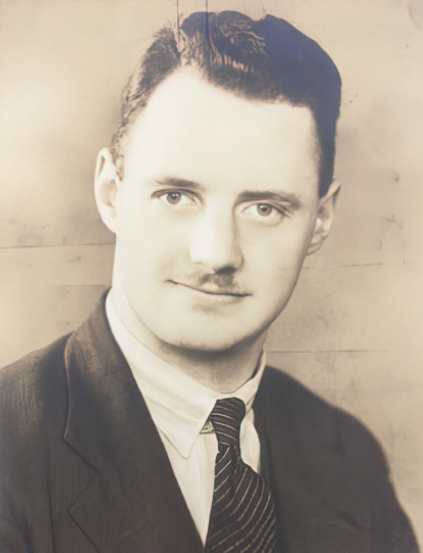
I was born in Para Brazil in 1914, to my parents, Oliver and May Launders. My father was a chartered accountant and worked for a number of companies in the Far East and South America. I was the second of five children. My father died suddenly when I was just seven and the family moved back to England and settled in Tunbridge wells. I was educated at the Skinners’ School and when I left school I initially worked as a farmhand to support my mother and younger siblings. Later I joined the Metropolitan Police and quickly moved into CID, but I left in 1936 because I began to feel that I had to tell too many lies to extract the truth.
I joined the RAF in 1936 as an airman, but within a year I elected to undertake aircrew training and was promoted to sergeant. I initially qualified as a navigator, but soon became a pilot. In 1939, I was granted a commission and married Margaret.
When the war started, I flew as the second pilot on a number of sorties with such notable figures as the Officer Commanding 83 Sqn, Wing Commander Sisson and the enigmatic Flight Lieutenant Pitcairn-Hill.
My first mission as captain of the aircraft was on the 4th July 1940, I was ordered to attack the German pocket battleship Scarnhorst. I returned successfully from the mission, but just 4 days later I took-off on what was to be my final flight.
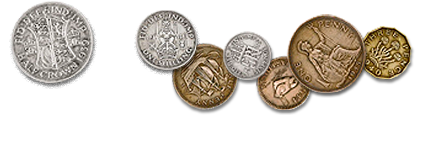
MY AIRCRAFT
On the day of the accident, I was flying a Handley Page Hampden L4066 of 83 Squadron. The code letters on the side of the aircraft were OL, which indicated 83 Squadron, the third letter to the right of the RAF roundel would indicate which aircraft in the squadron that was.
The Hampden was a medium bomber with a crew of 4. Pilot, Navigator, Wireless Operator/gunner and a further gunner. Although it was a vast improvement on the biplanes 49 Squadron had been flying just before the war opened, in reality it was already obsolete. Early daylight raids had been a disaster, the bomber was too slow to evade German fighters and its guns were no match for the Germans either. The distinctive fuselage, designed to give the aircraft a sleek, aerodynamic profile, led to the Hampden earning its nickname of “The Flying suitcase”.
Crew: 4
Span: 21.09 m
Length: 16.32 m
Height: 4.37 m
Wing area: 63.90 m²
Empty weight: 5,344 kg
Loaded weight: 8,508 kg
Engine: 2 x Bristol Pegasus XVIII 9-cylinder radial engines
Engine power: 980hp each
Maximum speed: 410 km/h
Rate of climb: 5.00 m/s
Range normal: 1,095 km
4 or 6 x 7.7mm Vickers K machine guns (1 flexible, 1 nose, 1 or 2 dorsal, 1 or 2 ventral)
1,814kg of bombs/mines or 1 x 18in torpedo
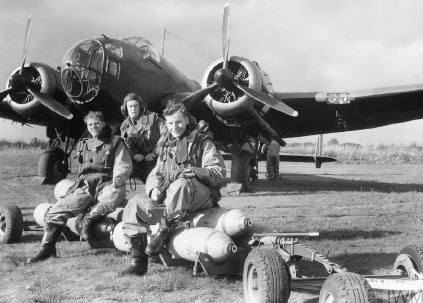
MY ROLE
On this mission, I was the pilot. The Hampden had just one seat for a pilot and I would remain in this position throughout the mission. I had been commissioned as an Acting Pilot Officer on the 24th March 1939, some 6 months before the war started. I initially served as a Navigator on 49 Squadron, also at Scampton. In the early days of the war, there were no dedicated navigators on Hampdens and junior pilots performed this role, I later moved to 83 Squadron as a pilot.
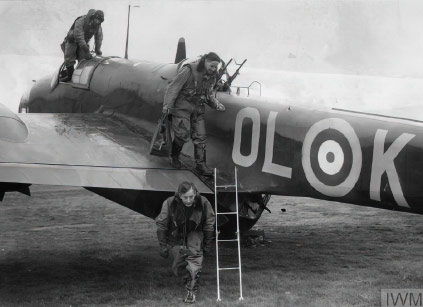
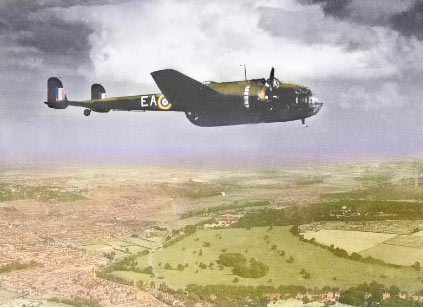
MY SQUADRON
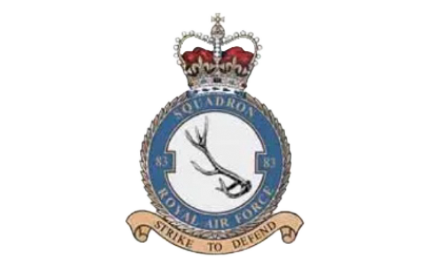
Motto: Strike to Defend
83 Squadron was formed at Montrose on 7th January 1917 as a night bomber squadron. Moving to France in March 1918, the squadron saw action on the western Front and took part in operations to counter the German’s Spring Offensive. Following the end of the war, the Squadron was disbanded on 31 December 1919.
With the threat of war once again looming over Europe, 83 squadron was reformed at RAF Turnhouse on 4th August 1936, flying the Hawker Hind biplane. In March 1938, the squadron re-equipped with Handley Page Hampdens at RAF Scampton.
In the summer of 1940, the Squadron received one of Scampton’s three Victoria Crosses due to the heroic actions of Flight Sergeant John Hannah in putting out the fire on a battle damaged Hampden.
In December 1941, the squadron re-equipped with the infamous Avro Manchester, but the poor reliability of this aircraft led to them quickly being re-equipped with the legendary Avro Lancaster, with which the squadron fought the rest of the war. In August 1942, the squadron became a pathfinder unit, leading large bomber formations to their targets and laying target indicator flares so they could be more accurately hit.
After the war, they flew Avro Lincolns and Avro Vulcans, before being disbanded in 1969.
THE ACCIDENT
Late in the evening of 7th July, I took-off from Scampton with my crew in a Handley Page Hampden, serial number L4066. Together with 18 Hampdens, 12 Vickers Wellingtons and 12 Armstrong Whitworth Whitleys, from bases all over England, we set-off to attack targets at Frankfurt, Soest, Duisburg and the Dortmund-Ems Canal.
My target was Frankfurt, Which Bomber Command had assigned the target number A161. If I was unable to attack this target, my secondary target was the Dortmund-Ems Canal. In the event, we never reached the target, crashing on the outbound leg at Great Holland, 3 miles North of Clacton in the early hours of 8th July 1940. Everybody onboard the aircraft was killed, so we will never know the reason for the crash. Sergeant Howard survived the crash initially, but succumbed to his injuries and died shortly afterwards.
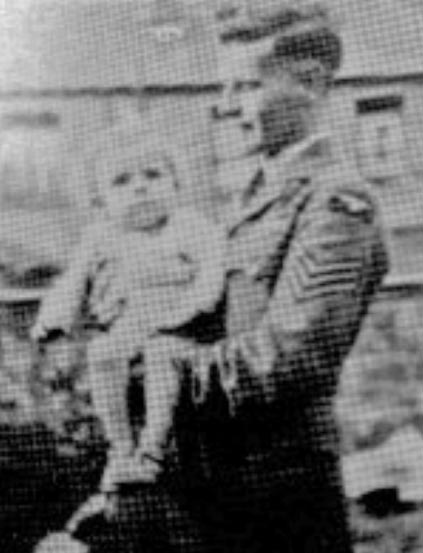
Sergeant Cyril Hallet.
CASUALTIES – 8TH JULY 1940
Sergeant Leonard Howard, (buried in Liverpool (Ford) Cemetery)
Sergeant Cyril Hallet, (buried All Saints Churchyard Woodford)
Sergeant Basil Kinton, (buried Priory Road Cemetery Huntington)
ON THIS DAY IN WORLD WAR TWO – 8TH JULY 1940
The destroyer HMS Whirlwind is sunk by a U-boat.
The French battleship Richelieu is put out of action by a British attack.
RAF attacks Ostend, targeting German invasion barges.
Night bombers attack Kiel, Wilhelmshaven, oil refineries at Homburg and Luftwaffe airfields.
Malta was hit by three air raids.
Where Next
Sergeant Leonard Howard, buried in Liverpool (Ford) Cemetery.
Sergeant Cyril Hallet, buried All Saints Churchyard Woodford.
Sergeant Basil Kinton, buried Priory Road Cemetery Huntington.
